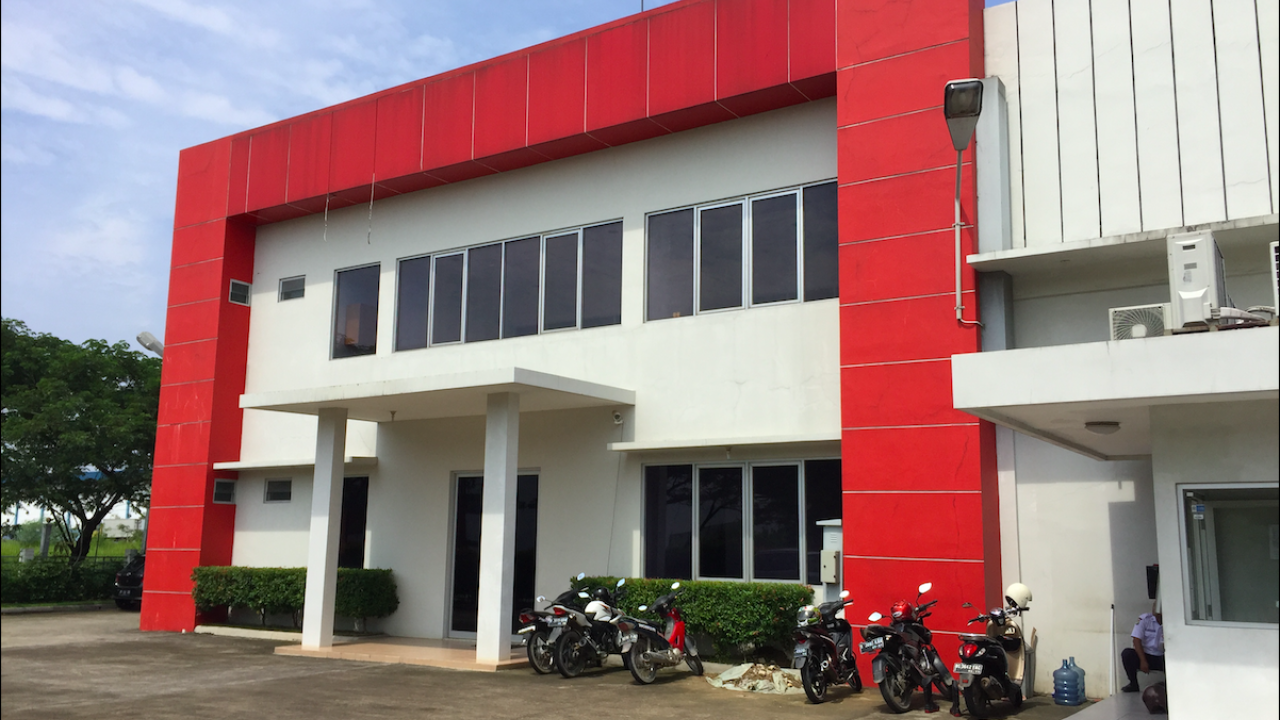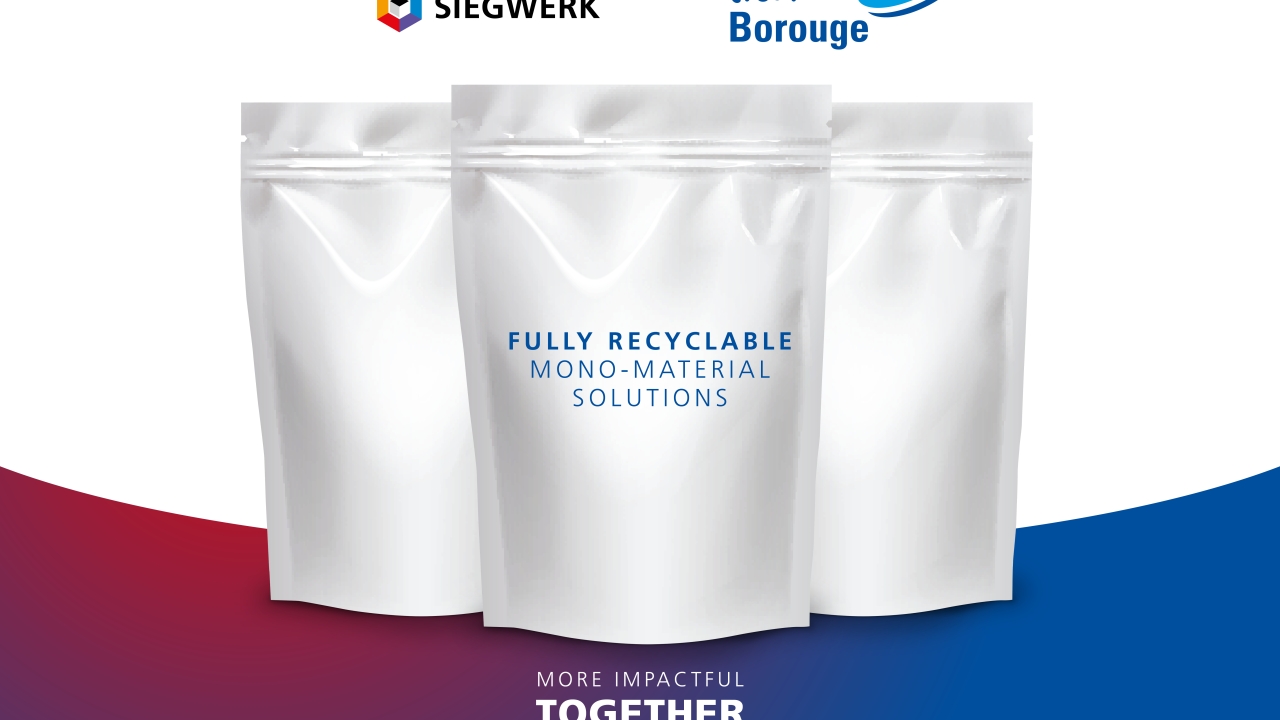Indonesian converter diversifies into digital

Danny Lim, sales and marketing director at Theia, says: ‘The new company is dedicated to digital label printing and specializes in short runs and customized printing with quicker turnaround times. Life-cycle, batch-cycle and repeat orders are on a decline so we look at variance in products and value that can be offered to customers. This is possible with digital equipment because we can print as little as one label and don’t need plates.
‘The sales and marketing strategy for digitally printed labels, therefore, is different from its parent company because we cater to different requirements of customers. Hence, the decision was taken to create a separate entity.’
Anything less than 2,000 linear meters is considered short run at Theia. The group’s flexography business usually requires between 2,000 to 4,000 linear meters, depending on the complexity of the job, to begin production.
Rapid growth
Lim says there are opportunities for both flexo as well as digital printing in the country. ‘Big brand owners want to decorate their labels with hot foil stamping, matt varnish, matt and gloss lamination so they stand out on the shelf. Some companies even like to apply holograms as a security feature to create an appealing effect. Different techniques are being used in combination on one label to make the product look good.
‘On the other hand, multinational companies are now asking us to create mosaic pattern and use promotional packaging using QR codes that link to their websites and other promotions they want customers to see. We have been approached by many brands that want to move towards more interactive and smart packaging. The market is huge, young and developing. It’s in the early stages of rapid growth.’
However, Lim agrees that digital printing is done at a premium. ‘In the printing industry, the higher the volume, the lower the cost. For instance, a gravure press starts printing at a minimum purchase order of 100 million Indonesian Rupiah ($7,000 USD). Brand owners now have the option to spend one-tenth of the amount on the stock they need. Per label cost may be double when compared to gravure, but the amount on the purchase order is much lower and companies can print according to market demand.
This not only saves them inventory and warehousing costs but also wastage, resulting in more savings and better planning. Digital label printing technology allows brands to control their numbers, so if one variant is selling better than the others, the companies can now print according to sales made at the retail store.’
It is clear that the market in Indonesia is shifting to shorter life-cycle and run lengths. Rotogravure printers may diversify as the demand for short runs grows. ‘It comes down to the fact that a lot of business owners don’t want their cash flow to get stuck on something like labels. With digital printing, the cash doesn’t get stuck because you are printing what you need at that time,’ Lim summarizes.
Theia houses two 6-color intermittent rotary presses, two HP Indigo WS6800 digital label presses and one ABG Digicon 3 finishing machine. It uses Cerm software to automate workflow and Esko for in-house pre-press.
Stay up to date
Subscribe to the free Label News newsletter and receive the latest content every week. We'll never share your email address.

